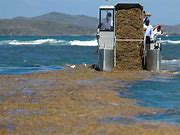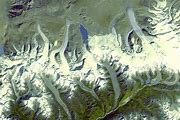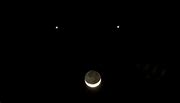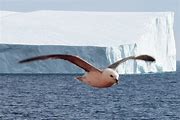Sitting on the shore of Fajardo, Puerto Rico, a vast carpet of Sargassum algae has washed up, heralding trouble for Florida’s pristine beaches. This smelly and sometimes toxic seaweed, described as a “killer belt of seaweed,
” is set to disrupt Memorial Day weekend plans for Floridians. The sheer volume of brown algae expected to invade stands at an alarming 31 million tons this year.
But what exactly is Sargassum? Imagine large brown seaweed floating in massive island-like clusters across the ocean without attaching to the seafloor like kelp does. This genus of seaweed boasts leafy appendages, branches, and distinctive berry-like structures known as pneumatocysts — gas-filled structures filled primarily with oxygen that provide buoyancy akin to a life jacket. Beyond its peculiar characteristics, Sargassum serves as both food and shelter for various marine species such as fishes, sea turtles, birds, crabs, and shrimp.
As Brian LaPointe from Florida Atlantic University’s Harbor Branch Oceanographic Institute puts it: “
Sargassum goes from being a very beneficial resource of the North Atlantic to becoming … a harmful algal bloom when it comes ashore in excessive biomass.” Experts have noted an increase in these overwhelming blooms since 2011 around the Caribbean region and South Florida due to climate change-induced rising ocean temperatures creating ideal conditions for their proliferation.
When this floating menace washes ashore and starts rotting under the sun, it releases hydrogen sulfide gas—a foul-smelling compound reminiscent of rotten eggs. While inhaling these gases on open beaches may only cause discomfort like eye or throat irritation for most people, those with asthma or respiratory issues need to exercise caution. Furthermore, coming into contact with stinging organisms embedded within the decaying seaweed can result in skin rashes.
In anticipation of the mega bloom hitting Florida’s shores earlier than usual this year – already breaking records by covering over 5,500 miles between Africa and the Caribbean – scientists are closely monitoring its movements using satellite technology. The excess nitrogen in the water from sources like fossil fuel combustion or Sahara dust plays a role in fueling these colossal blooms.
While efforts are underway to track and mitigate the impact of this unprecedented invasion through advanced warning systems like NOAA’s experimental tracking map and public reporting mechanisms on encountering Sargassum on beaches—the battle against nature’s unwelcome gift continues along Florida’s coastlines.









Leave feedback about this